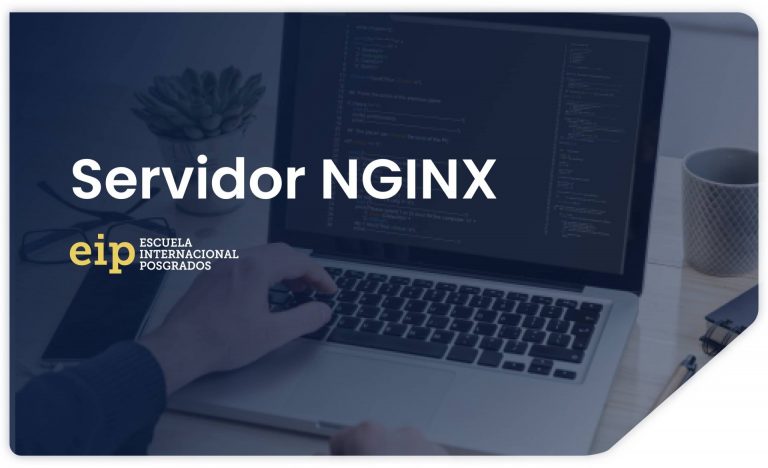NGINX is a dynamic web application server, meaning it can be dynamically reconfigured at runtime without dropping requests. Its architecture makes request handling divided into layers. These layers comprise a controller process, a router process, and application processes.
NGINX Features
Each served application is executed by an isolated process or a set of processes:
- The router process receives incoming connections and asynchronously queues them for the intended application.
- The controller process manages the configuration of the application and router processes. The manager, or operational automation, interacts with the controller process through an application programming interface (API).
- The controller process is capable of reconfiguring the router process and application processes on the fly.
The NGINX web server supports configuration through a JSON RESTful API.
The NGINX Unit server Open Source deploy configuration changes without service interruptions and run applications built with multiple languages and frameworks.
This server has the ability to speak several languages. Before NGINX, some multilanguage middleware services have served web programming well; For example, the Common Gateway Interface (CGI) supports languages such as PHP, Perl, and Python; The Web Server Gateway Interface (WSGI) supports Perl, Python, and Ruby.
NGINX Unit provides a single middleware server to run both compiled and scripting languages, including the aforementioned languages, as well as Node.js, Go, and JSP, through a unified configuration.
With this server teams can code in the application language that makes the most sense for the service they are providing to the end user. This technology reduces the difficulty of running complex systems.
NGINX Unit has a great advantage over other architectures in that it is able to consolidate the number of different types of middleware servers required to run a multi-language system.
This offers system engineers great advantages such as standardize, they become much more efficient. Teams that are going through technology migrations or transformations and need to write configuration management for a number of different web application middleware servers should consider using NGINX Unit.
This server is a excellent option for applications stuck in traditional data centers. Its API and dynamic nature provide an overlay on static infrastructure that allows software and DevOps teams to drive changes from the application layer. Cloud deployments also benefit as the industry standard API fits directly into the ecosystem, allowing for diversity and getting the most out of your infrastructure.




































